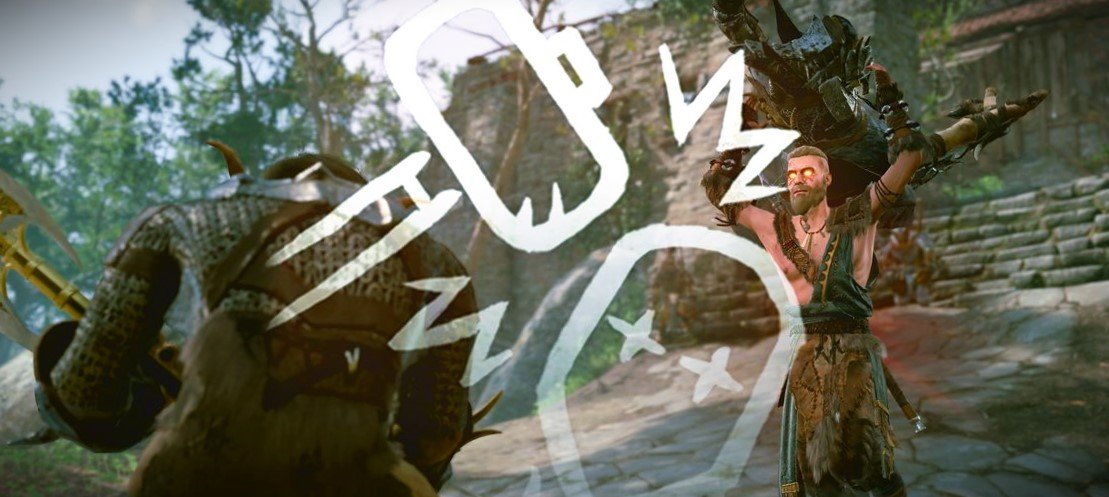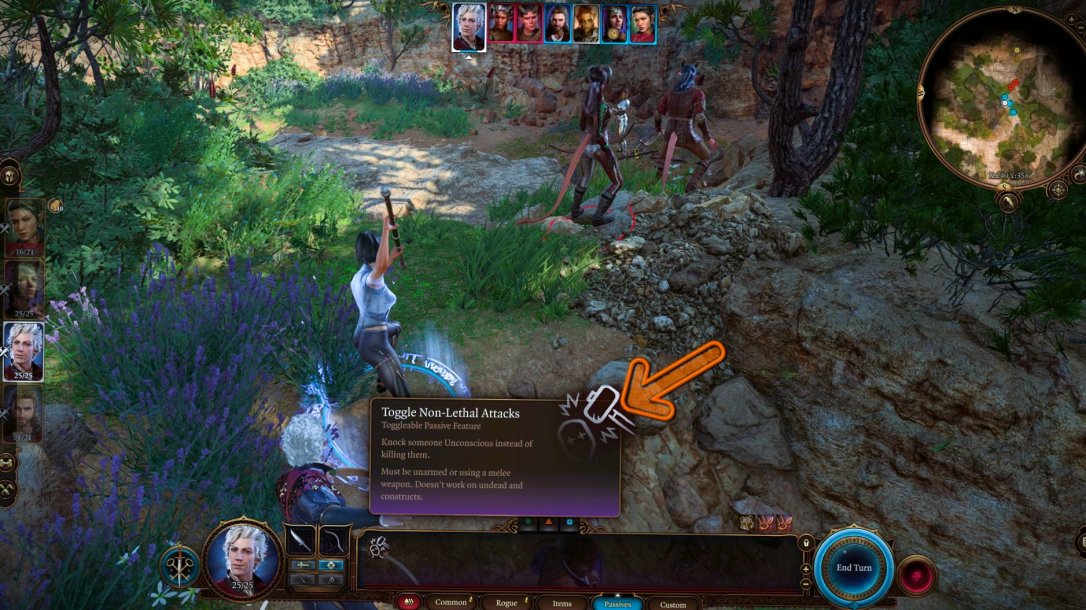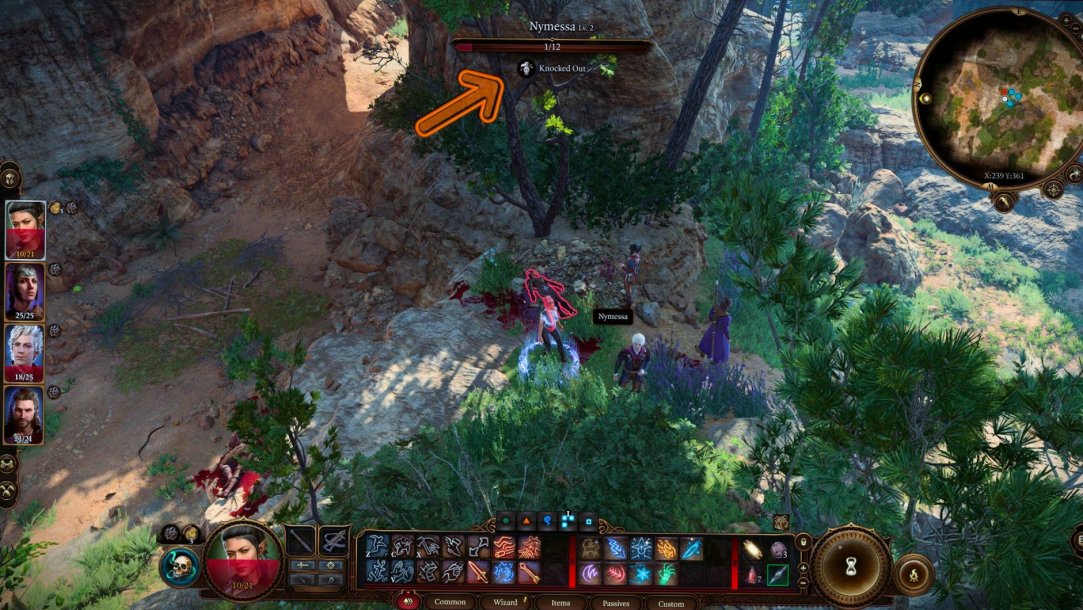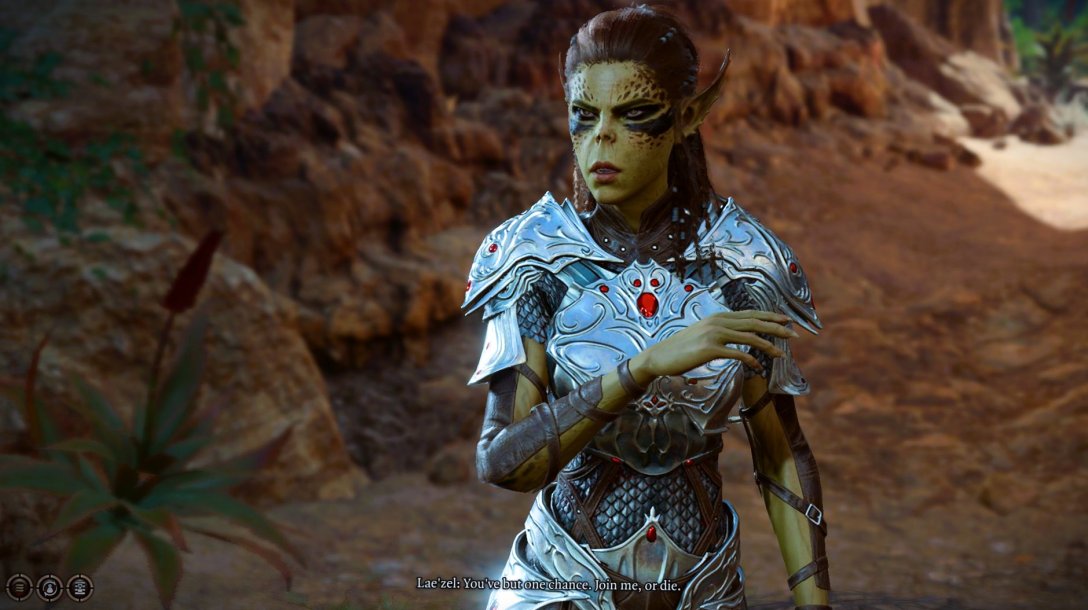
Baldur's Gate 3 places significant emphasis on combat, but not every encounter needs to result in bloodshed. What occurs if your attempt at persuasion or deception fails, leading to combat with an individual you'd prefer not to dispatch? Fortunately, there's a solution.
Non-Lethal Damage presents the opportunity to incapacitate enemies rather than lethally dispatching them. This convenient mechanic alleviates the moral dilemma of battling NPCs you wish to spare while ensuring they don't impede your progress. Here's a guide on locating and employing the Non-Lethal Attacks feature as you navigate through Baldur's Gate 3.
How To Turn Non-Lethal Attacks On Or Off

To activate or deactivate Non-Lethal Attacks, navigate to the Passives section of the hotbar (or expand the action radial if you're using a controller). Look for the icon depicting a figure being struck on the head with a hammer.
Upon hovering over it, you'll encounter the Toggle Non-Lethal Attacks description. Click on it. Subsequently, you'll notice that each party member now displays a smaller version of the icon beside their portrait on the sidebar. Once Non-Lethal Attacks are enabled, they remain so until you toggle the button again to disable them.
Prior to engaging in combat, it's advisable to confirm that this setting is active when necessary. Failure to do so might necessitate restarting or facing undesirable consequences.
How To Use Non-Lethal Attacks In Combat

While employing Non-Lethal Attacks, it's important to note that not all actions will result in incapacitating opponents. For instance, ranged attacks and spells will still inflict lethal damage since there's no way to avoid harm with these methods. Only melee weapons like swords, glaives, and daggers will render enemies unconscious instead of killing them.
Fortunately, you can still utilize spells and ranged attacks to diminish an opponent's health during combat. This enables you to employ your most effective attacks to weaken your adversary before delivering a melee strike to render them unconscious. As long as the target's health is reduced to zero through a melee attack, they will be incapacitated.
When To Use Non-Lethal Damage In Combat

Non-Lethal Attacks present a versatile option during combat, especially in situations where engaging in a fight is not preferred. Take, for instance, the encounter with the fighter Lae'zel early in the game, where two tieflings debate her fate. Should your attempt at persuasion fail, combat becomes inevitable.
Observing an enemy with the "temporarily hostile" status indicates that rendering them unconscious now might alter their disposition later.
For those inclined to side with the tieflings and druids or embodying a good-aligned character, resorting to lethal force due to mere caution, curiosity, or unfortunate circumstances may seem unjustifiable. Opting to incapacitate rather than kill serves a dual purpose: removing obstacles without ending lives.
Throughout the game, numerous scenarios arise where a single misstep can lead to unintended combat. Leveraging Non-Lethal Attacks allows one to navigate such situations without resorting to lethal consequences. Moreover, incapacitated foes remain susceptible to looting, though it's considered stealing in this context.
